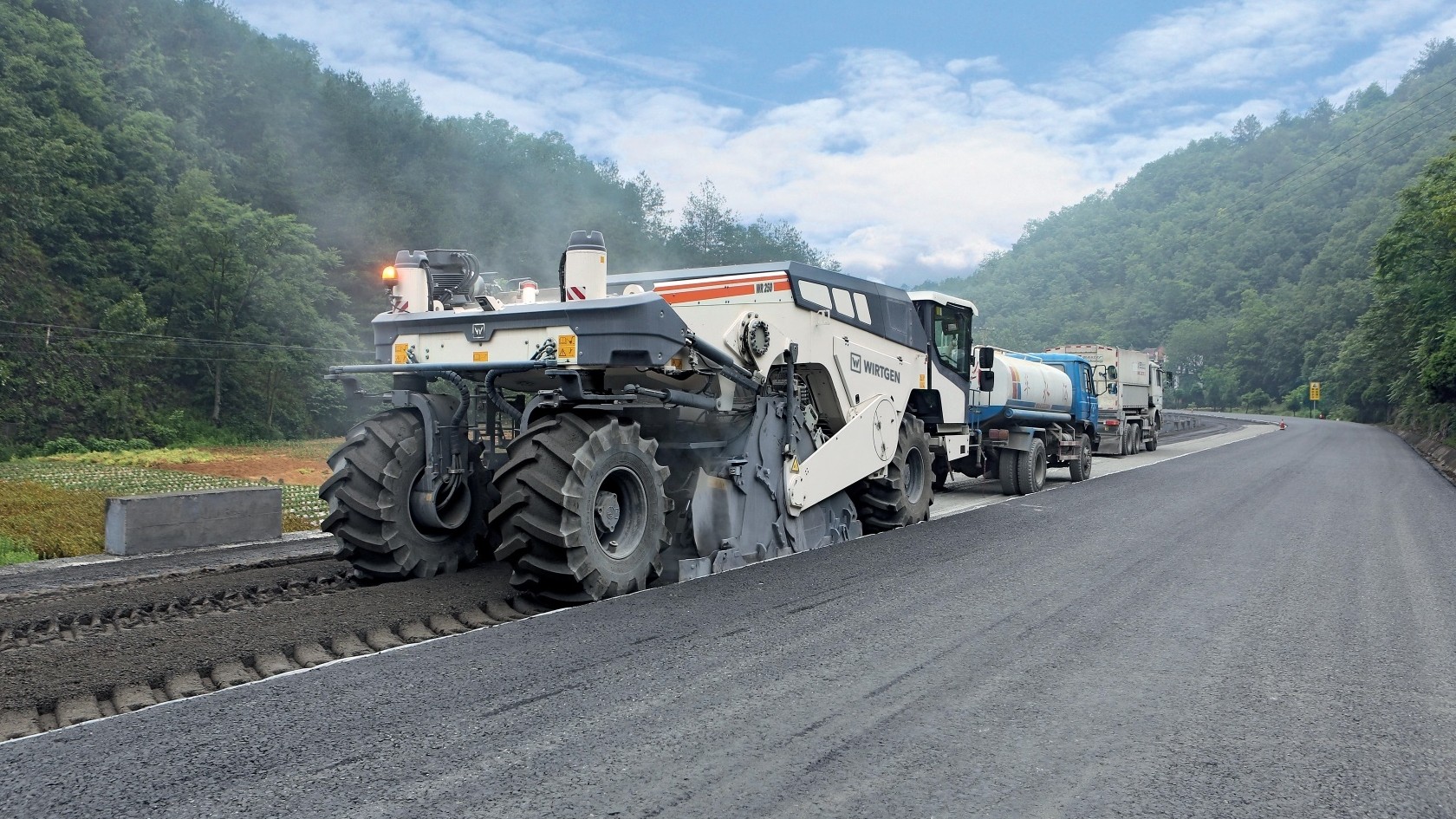Recycling and Soil Stabilization Technology


Discover the operating principles and technical components of recycling and soil stabilization. Become familiar with the wide range of cold and hot recycling applications and learn more about our environmentally friendly soil stabilizers.
Soil stabilizers transform sub-bases with insufficient bearing capacity into soil that is perfect for paving and compaction. The soil is improved by mixing in lime, and is strengthened using cement. Our stabilizers can handle a wide range of soil enhancement and stabilization tasks, including the construction of roads, parking lots, industrial facilities, airfields, port facilities, and railroad tracks. They are also suitable for various earthworks such as the construction of dams, embankments, and backfilling.
Discover the operating principle and technical components of soil stabilizers. Become familiar with the variety of soil stabilization applications and learn more about this fast and efficient process.
Benefits of Environmentally Friendly Stabilizers
The process uses existing soil material and only mixes in additives. The removed, bound, and unbound road construction materials are completely reused. In contrast to completely replacing the soil, there is no need for environmentally unfriendly truck transports. In addition, the fast, space-saving process minimizes environmentally harmful traffic disruptions. In short, more and more companies around the world are embracing this environmentally friendly process.
Soil Stabilization
Base Layers with Hydraulic Binding Agents
View Hands-On GuideIn cold recycling, damaged asphalt layers are milled and crushed, rebound through the addition of binding agents, compacted, and repaved. WIRTGEN’s cold recyclers are suitable for use in all performance classes – from recycling thin asphalt layers on secondary roads with little traffic to recycling thick asphalt layers on highly frequented highways that must withstand significant loads.
Discover the operating principle and technical components of cold recycling technology. Become familiar with the variety of cold recycling applications and learn more about this environmentally friendly process.
Concentrated knowledge from research and job site operations
View Hands-On GuideConcentrated knowledge from research and job site operations
View Hands-On GuideA groundbreaking technology on the path to success
View History of WIRTGEN Recyclers